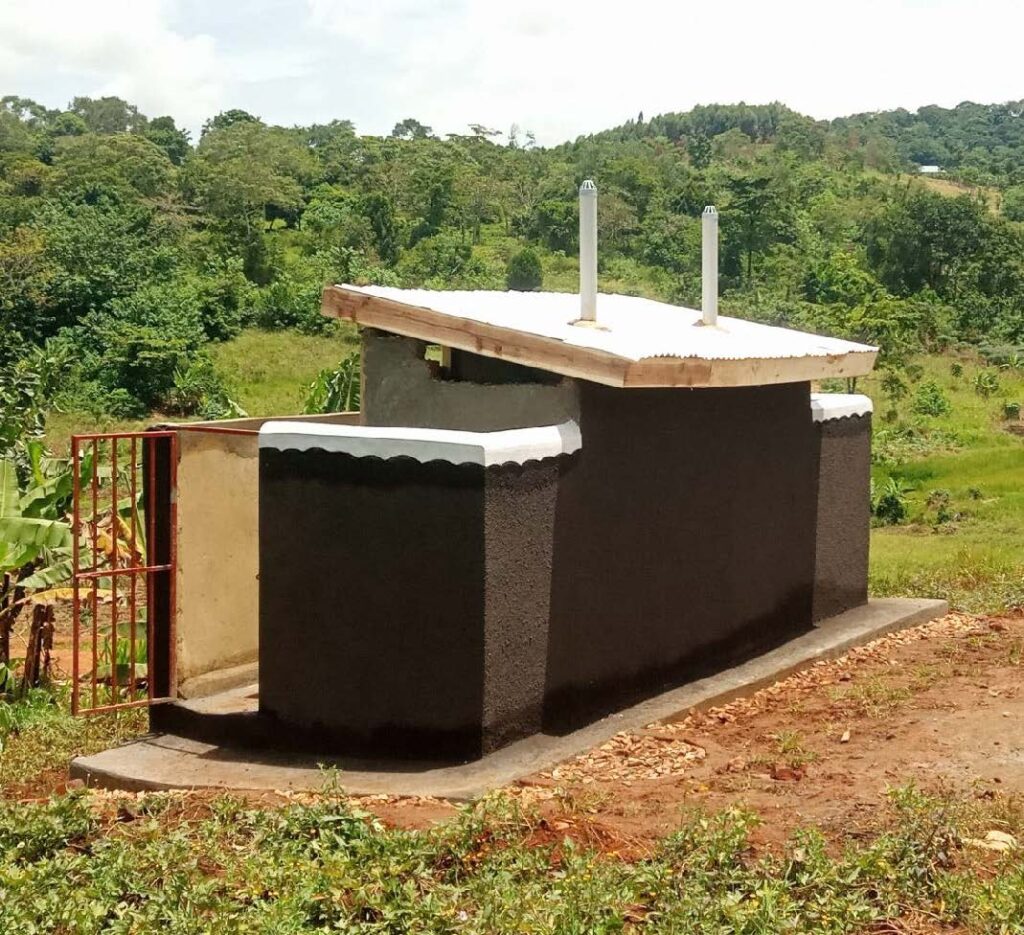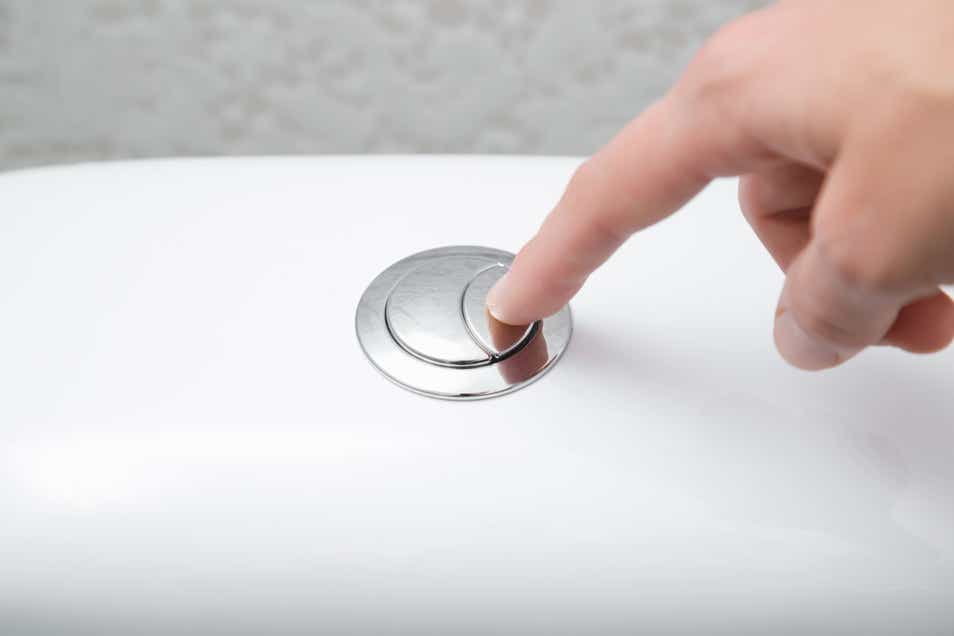Benefits of Flush (Water-based) Toilets and Pit Latriens (Non-water based)

Let’s start by considering a Water-Based Toilet (Flush Toilet):
Advantages:
- Familiarity: Flush toilets are the most common type of toilets and are widely used in many parts of the world.
- Convenience: They don’t require as much maintenance as some alternative toilet options.
- Efficient Waste Removal: Flush toilets quickly remove waste and use water to carry it away through sewage systems.
- Odor Control: Properly designed and maintained flush toilets come with odor control mechanisms.
Considerations:
- Water Usage: Flush toilets use a significant amount of water with each flush. This can contribute to water wastage, especially in areas with water scarcity.
- Sewage Infrastructure: Flush toilets require a sewage system that’s properly connected and functioning, which might not be available in all areas.
- Environmental Impact: The water used for flushing and the treatment of sewage can have environmental impacts.
Non-Water Toilet (Composting Toilet, Dry Toilet):
Advantages:
- Water Conservation: Non-water toilets don’t require water for flushing, making them more environmentally friendly in terms of water usage.
- Decentralized: They can be used in areas without access to sewage systems, making them suitable for remote locations or areas with inadequate infrastructure.
- Composting Benefits: Composting toilets turn waste into compost, which can be used for fertilizing gardens if managed properly.
- Reduced Energy Use: These toilets don’t rely on energy-intensive sewage treatment processes.
Considerations:
- Maintenance: Composting toilets require more maintenance than flush toilets. They need regular monitoring, occasional emptying, and proper management of compost.
- Odor Management: If not managed properly, composting toilets can produce odors. Adequate ventilation and maintenance are essential.
- Initial Cost: Non-water toilets might have a higher upfront cost due to their specialized design and technology.
- Education: Users need to understand how to use and maintain non-water toilets properly to prevent issues.
Ultimately, the choice between a water-based toilet and a non-water toilet depends on factors such as your location, access to water and sewage systems, environmental concerns, and your willingness to manage and maintain the toilet system. If you’re considering a non-water toilet, be sure to research and understand the specific requirements and regulations in your area, as they can vary significantly.

